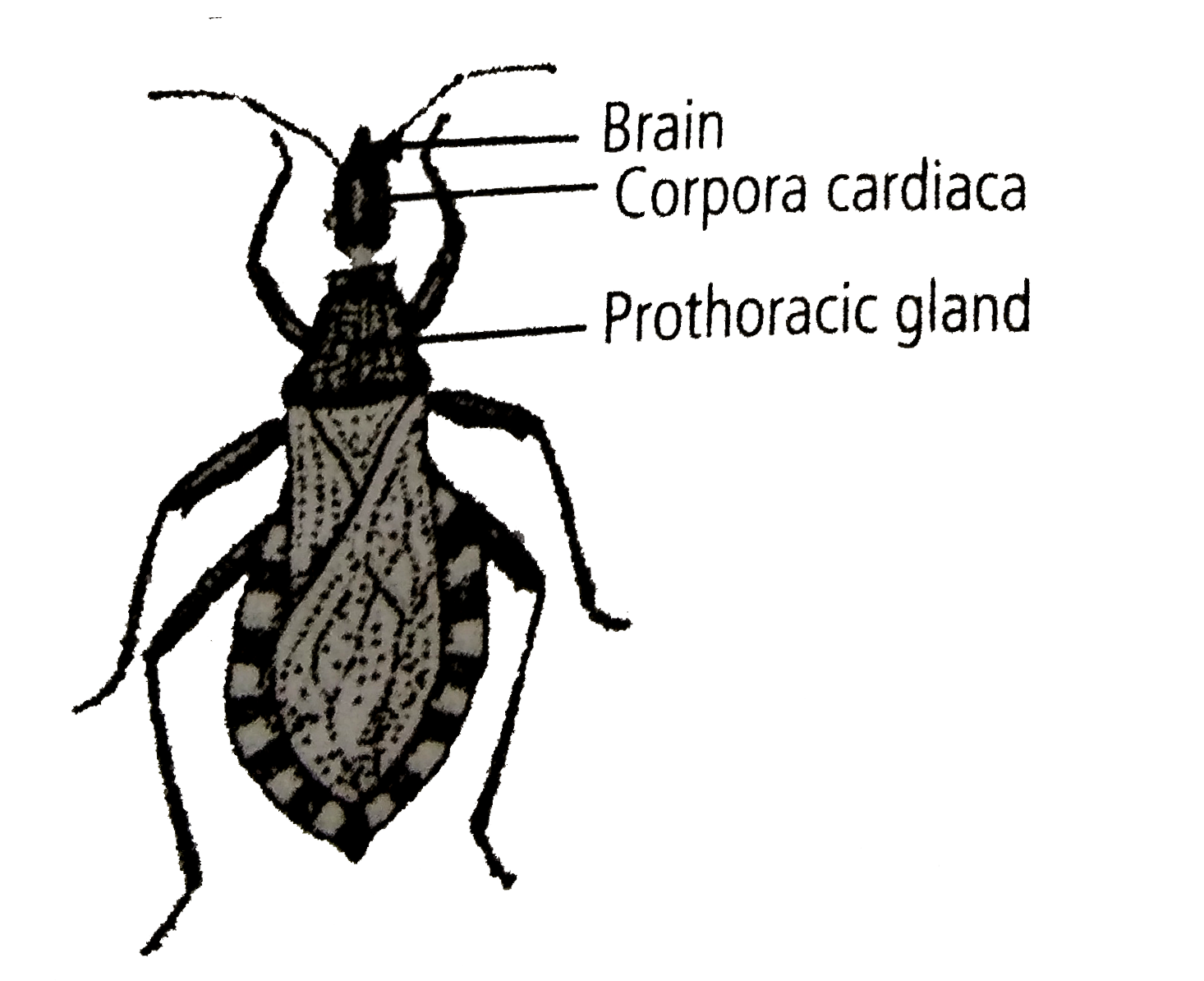Which one of the following sets of animals share a four chambered heart ?
Amphibian, Reptiles, Birds
Crocodiles, Birds, Mammals
Crocodiles, Lizards, Turtles
Lizards, Mammals, Birds
The correct Answer is:B
To determine which set of animals shares a four-chambered heart, we can follow these steps:
Step 1: Understand the Structure of a Four-Chambered Heart
A four-chambered heart consists of:
- Two atria (upper chambers)
- Two ventricles (lower chambers)
This structure allows for efficient separation of oxygenated and deoxygenated blood.
Step 2: Identify Animals with a Four-Chambered Heart
The animals known to have a four-chambered heart include:
- Mammals
- Birds
- Some reptiles (notably, crocodiles)
Step 3: Analyze the Given Options
Now, let's analyze the options provided in the question:
1. Amphibians, reptiles, birds:
- Amphibians do not have a four-chambered heart. This option is incorrect.
2. Crocodiles, birds, mammals:
- All three of these animals have a four-chambered heart. This option is correct.
3. Crocodiles, lizards, turtles:
- While crocodiles have a four-chambered heart, lizards and turtles do not. This option is incorrect.
4. Lizards, mammals, birds:
- Lizards do not have a four-chambered heart. This option is incorrect.
Step 4: Conclusion
The correct answer is the second option: Crocodiles, birds, and mammals share a four-chambered heart.
---
A four-chambered heart consists of:
- Two atria (upper chambers)
- Two ventricles (lower chambers)
The animals known to have a four-chambered heart include:
- Mammals
- Birds
- Some reptiles (notably, crocodiles)
Now, let's analyze the options provided in the question:
- Amphibians do not have a four-chambered heart. This option is incorrect.
- All three of these animals have a four-chambered heart. This option is correct.
- While crocodiles have a four-chambered heart, lizards and turtles do not. This option is incorrect.
- Lizards do not have a four-chambered heart. This option is incorrect.
The correct answer is the second option: Crocodiles, birds, and mammals share a four-chambered heart.
Topper's Solved these Questions
- ANIMAL KINGDOMBook:NCERT FINGERTPS ENGLISHChapter:ANIMAL KINGDOMExercise:Assertion & Reason corner
Explore 15 Videos
- ANIMAL KINGDOMBook:NCERT FINGERTPS ENGLISHChapter:ANIMAL KINGDOMExercise:Animal Kingdom
Explore 148 Videos
- ANIMAL KINGDOMBook:NCERT FINGERTPS ENGLISHChapter:ANIMAL KINGDOMExercise:Hots
Explore 5 Videos
- ANATOMY OF FLOWERING PLANTSBook:NCERT FINGERTPS ENGLISHChapter:ANATOMY OF FLOWERING PLANTSExercise:Anatomy Of Flowering Plants
Explore 143 Videos
- BIOLOGICAL CLASSIFICATIONBook:NCERT FINGERTPS ENGLISHChapter:BIOLOGICAL CLASSIFICATIONExercise:Biological Classification
Explore 132 Videos
Similar Questions
Assertion : Sponges exhibit cellular level of organisation.
Reason: In sponges, cells are arranged as loose cell aggregates.
View SolutionWhich of the following statements is incorrect with regard to bilateral symmetry?
View SolutionRead the given passage and answer the questions that follows: Rhodinus, a blood-sucking bug, shows five instars before it metamorphoses into an adult. It ahs a very long head with the brain located at tip and an organ called Corpora Cardiaca (C C) behind it. The hormone that ensures the continuum of the juvenile stages is called a juvenile hormone. Behind the head is a pro - thoracic gland, which gets triggered by the Pro - Thoracico - Tropic Hormone (PTTH) to release ecdysone required for molting into an adult.

The following observations were made when the juveniles of this insect were subjected to various conditions :
1. Starved juveniles (any instar) when decapitated → remained juveniles and did not molt into adults.
2. Well-fed juveniles (any instar) when decapitated → molted into adults.
3. Starved juveniles (any instar) when partially decapitated to remove the brain cells → remained juveniles and did not molt into adults.
4. Well - fed juveniles (any instar) when partially deitated to remove the brain cells → did not molt into adults.
Which of the following conclusions can be drawn from this data ?
(i) Ecdysone hormone is produced irrespective of the level of feeding.
(ii) C C is the site of production of juvenile hormone.
(iii) PTTH is produced irrespective of the level of feeding.
(iv) Increase in juvenile hormone is an important trigger for production of PTTH.
(v) Absence of C C alone is a trigger for molting into adult form.
(vi) Well-fed larvae in absence of juvenile hotmone can molt into adults.
View SolutionMeristematic tissues are composed of
View SolutionThe classification system propsed by Linnaeus was a ______kingdom systeom of classification.
View SolutionWhich of the following reptiles has four chambered heart ?
View SolutionIn which of the following reptiles, a four- chambered heart is present ?
View SolutionWhich of the following reptiles is with four chambers in the heart?
View SolutionWhich among the following has four chambered heart?
View SolutionWhich of the following group of animals is homeothermal, has single occipital condyle, 12 pairs of cranial nerves, penumatic bones, and four- chambered heart ?
View SolutionIdentify the animal having four chambered heart.....................
View Solutionनिम्न में से किस जंतु-समूह में चार-कक्षयुक्त ह्रदय पाया जाता है ?
View Solutionनिम्नलिखित में से जंतुओं के कौन से एक सेट में चार चेम्बर युक्त हृदय पाया जाता है
View SolutionWhich one of the following sets of animals share a four chambered heart ?
(A) Amphibian, Reptiles, Birds
(B) Crocodiles, Birds, Mammals
(C) Crocodiles, Lizards, Turtles
(D) Lizards, Mammals, Birds
View SolutionReptiles are known for having three chambered heart. Which animals shows a near four chambered condition in reptiles.
View SolutionReptiles are known for having three chambered heart. Which animal shows a near four chambered condition in reptiles
View Solution
